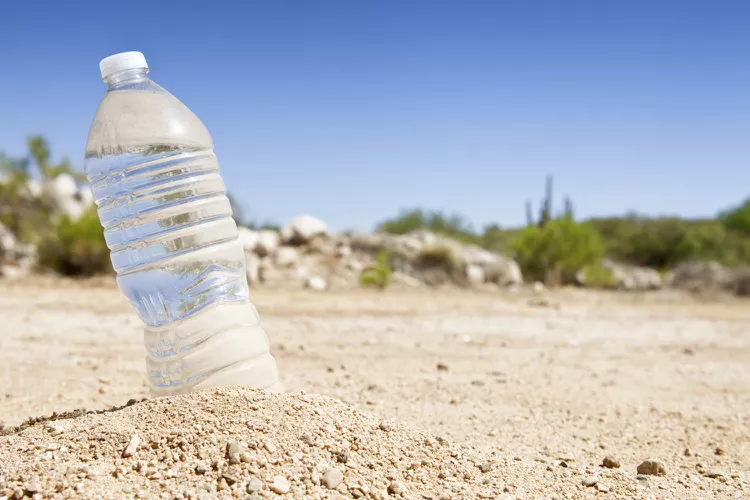Summary of Heat Conditions in Phoenix
You’ve certainly heard the phrase, “It’s a Dry Heat.” Some people actually think that this is the Phoenix city motto. You’ll even find that phrase on tee shirts around town. The truth is that because Phoenix humidity levels are lower than many other regions of the country, 100 degrees F may not feel as horrible or suffocating in the Valley of the Sun as it does when temperatures rise to triple digits in parts of the country that have higher levels of humidity. When considering the temperature, it is also important to keep the Heat Index in mind.
Understanding the Heat Index
The Heat Index is the temperature that the body feels when humidity is taken into account. The concept is similar to the wind chill factor, only on the opposite end of the temperature scale. When humidity is high, sweat doesn’t evaporate as much, therefore our body loses some of the cooling effect provided by the evaporation of sweat.
Dangers of High Heat Index
People can be affected by heat, even when the temperatures aren’t that high. However, when the Heat Index goes over 105 F, there is a significantly higher risk of heat exhaustion or heat stroke.
Temperature vs. Relative Humidity: Heat Index
| °F | 90% | 80% | 70% | 60% | 50% | 40% |
|---|---|---|---|---|---|---|
| 80 | 85 | 84 | 82 | 81 | 80 | 79 |
| 85 | 101 | 96 | 92 | 90 | 86 | 84 |
| 90 | 121 | 113 | 105 | 99 | 94 | 90 |
| 95 | 133 | 122 | 113 | 105 | 98 | |
| 100 | 142 | 129 | 118 | 109 | ||
| 105 | 148 | 133 | 121 | |||
| 110 | 135 |
Heat Index Chart provided courtesy of the National Weather Service.
Humidity Levels During Summer
When it reaches 100 degrees F or higher, the humidity level recorded for the past hundred years has been around 45 percent. Usually, it’s significantly lower except during Monsoon Season. At this time of summer, moisture levels can increase as monsoon conditions develop.
The National Weather Service established June 15 as the first day of Monsoon Season in Arizona, while September 30 marks the end of the state’s monsoon season. This period raises concerns for visitors and residents regarding monsoon safety. Monsoons can create damaging micro-bursts and intense thunderstorms called Haboobs. Additionally, once-dry river washes can quickly fill and create hazardous conditions.
Many people believe that the rapid population growth in Phoenix, along with more lawns and pools, is causing humidity levels to rise. However, studies indicate the opposite is true. Increased urbanization and more pavement have led to a decrease in humidity levels in recent years.
Frying Eggs on the Sidewalk
There are few days when temperatures reach 115 degrees F or higher, but it does happen occasionally. When temperatures in Phoenix hit triple digits, the conversation often turns to the possibility of frying an egg on the sidewalk. It may indeed be possible. The minimum frying temperature for eggs is around 130 degrees. Concrete can become up to 50 degrees hotter than the air temperature. Therefore, at 115 degrees, the concrete could register 165 degrees—on paper, hot enough to fry an egg. However, most residents in the Valley of the Sun who have tried this claim it doesn’t work.





